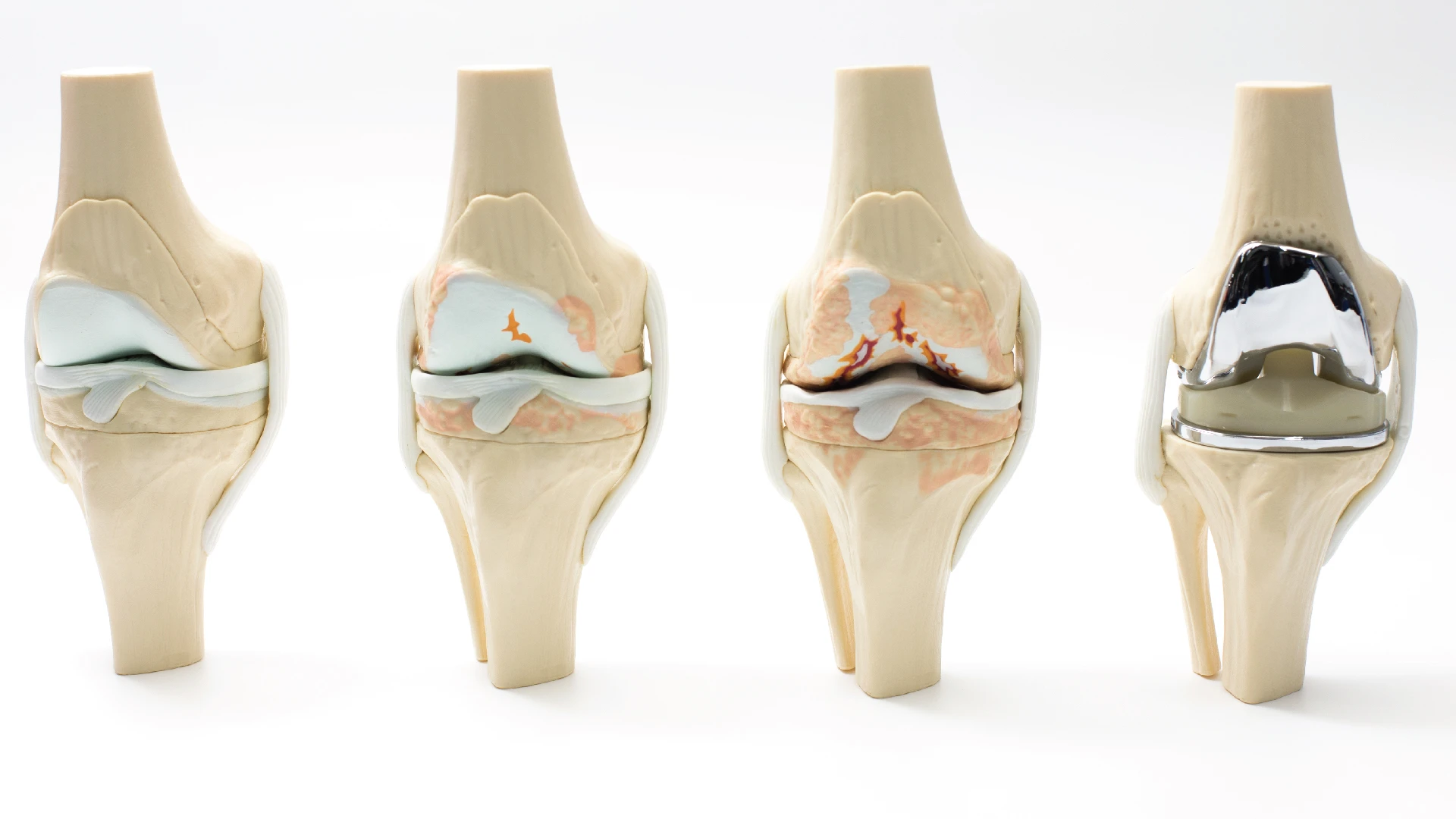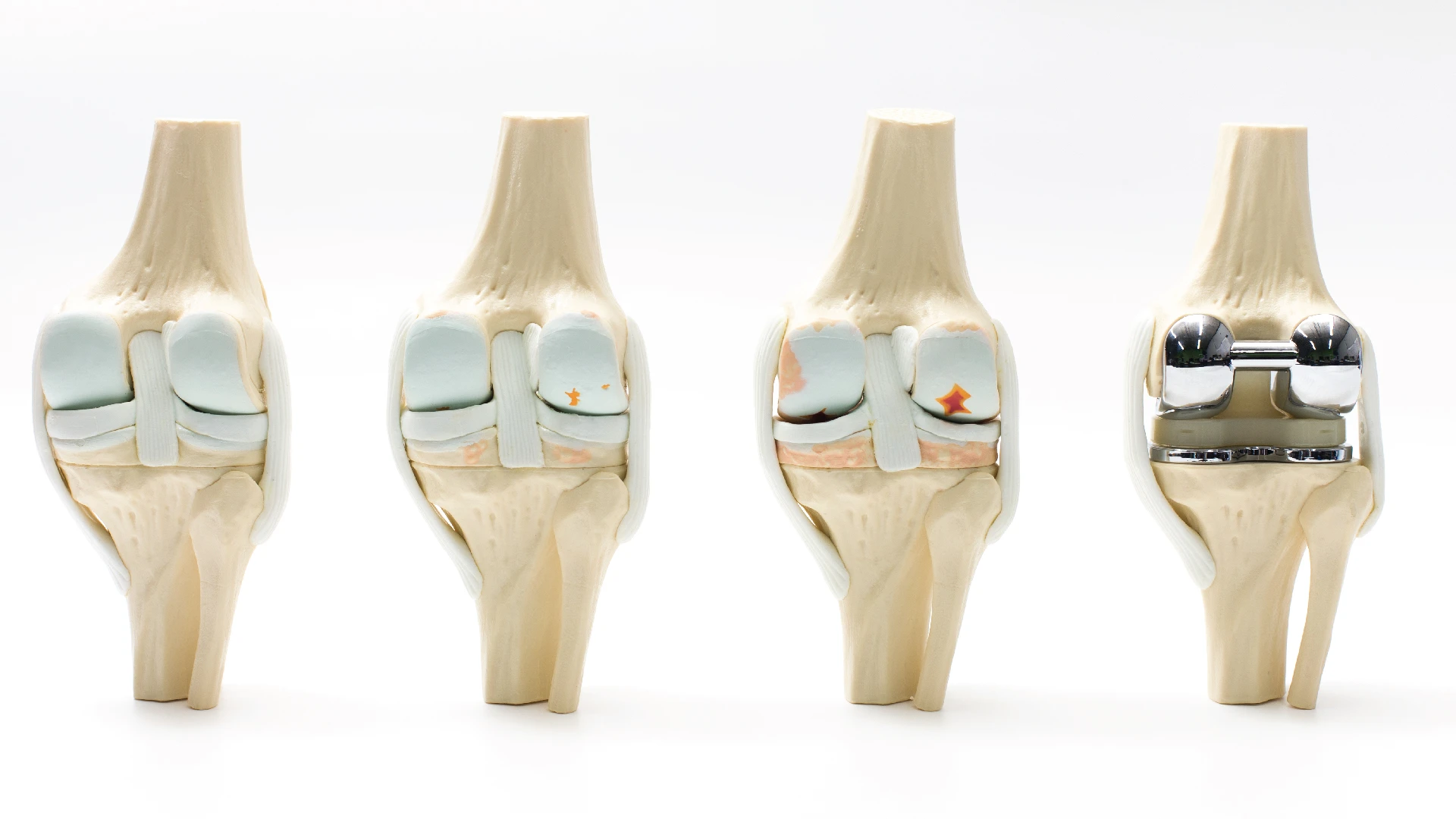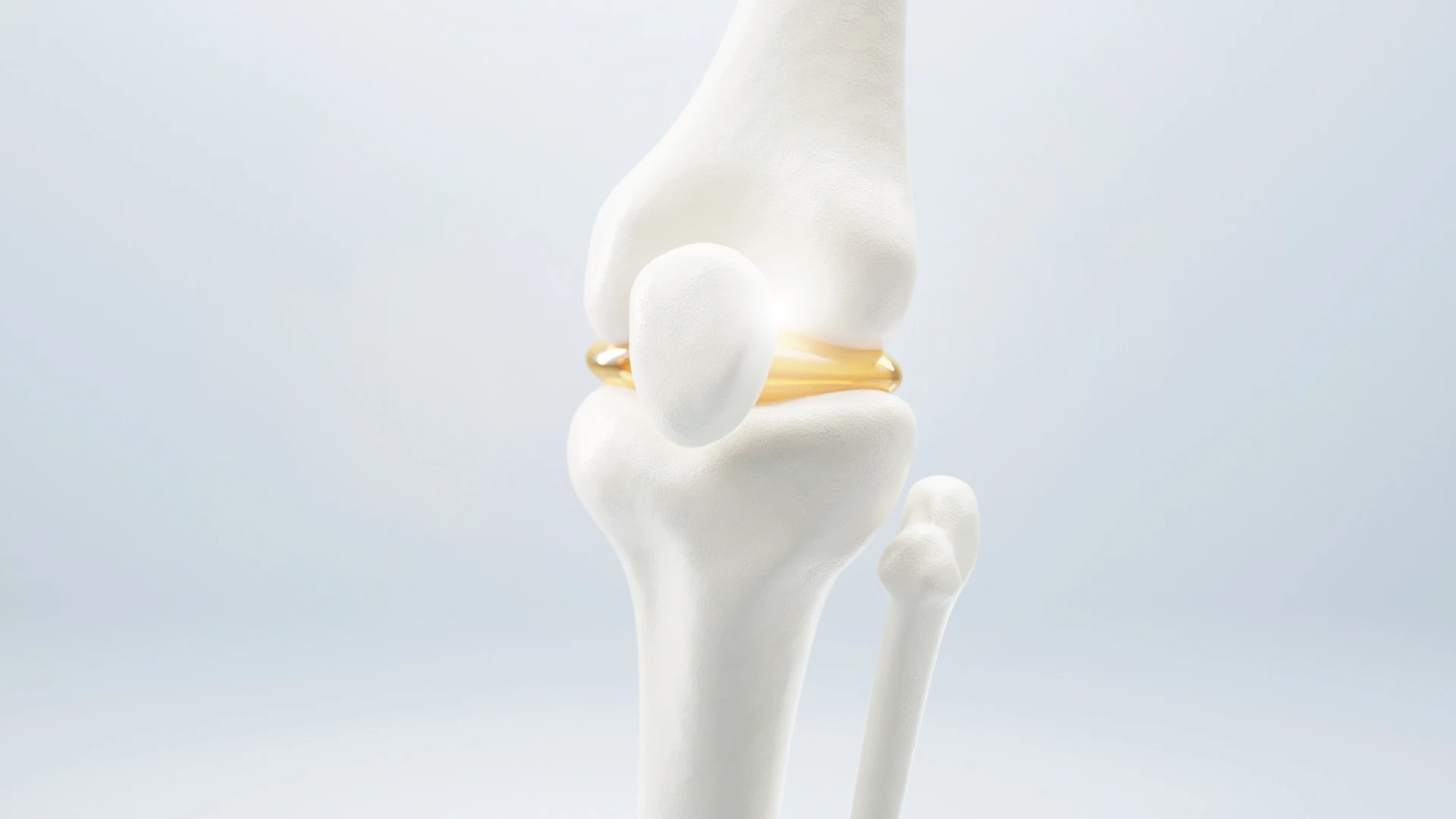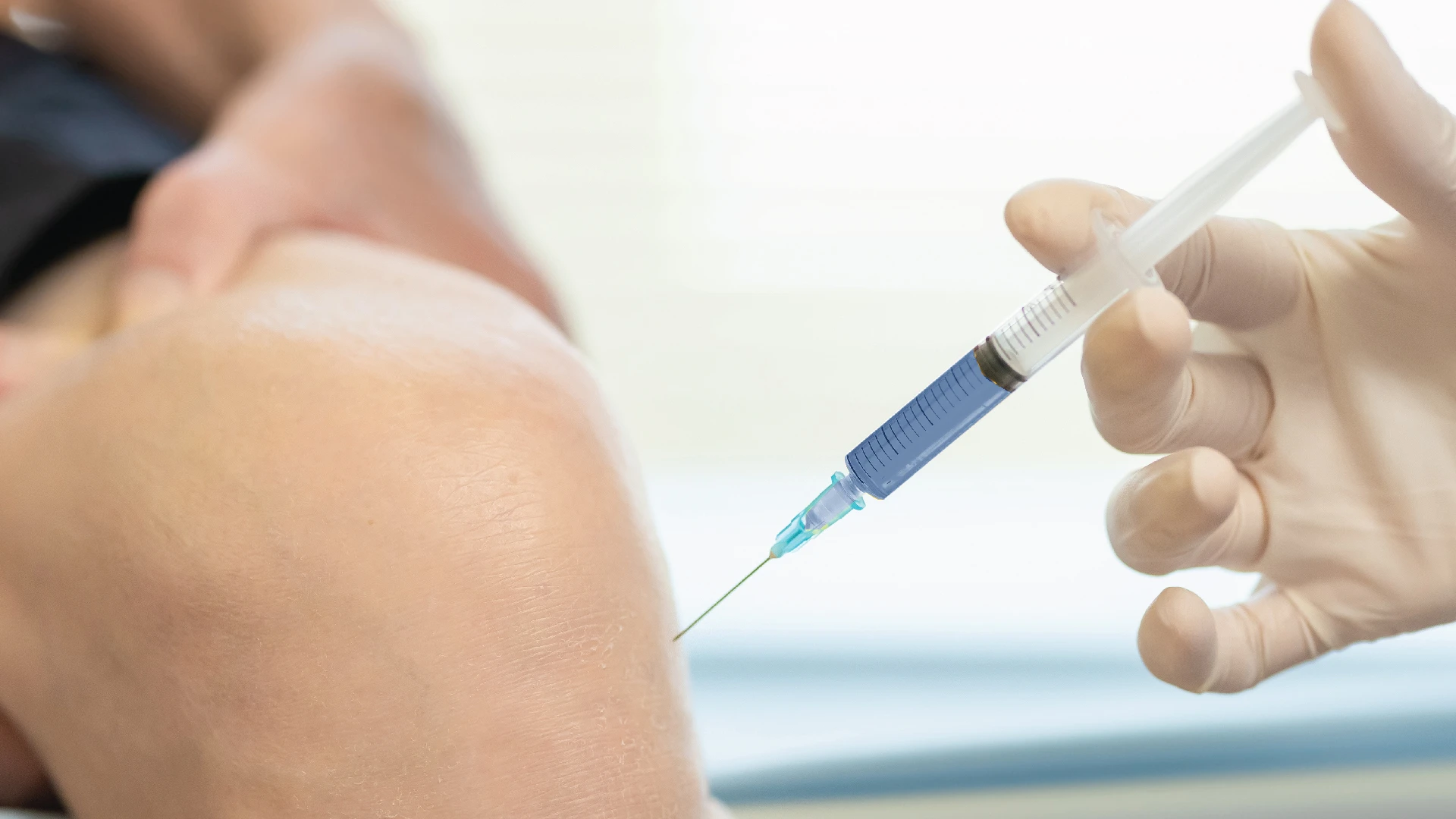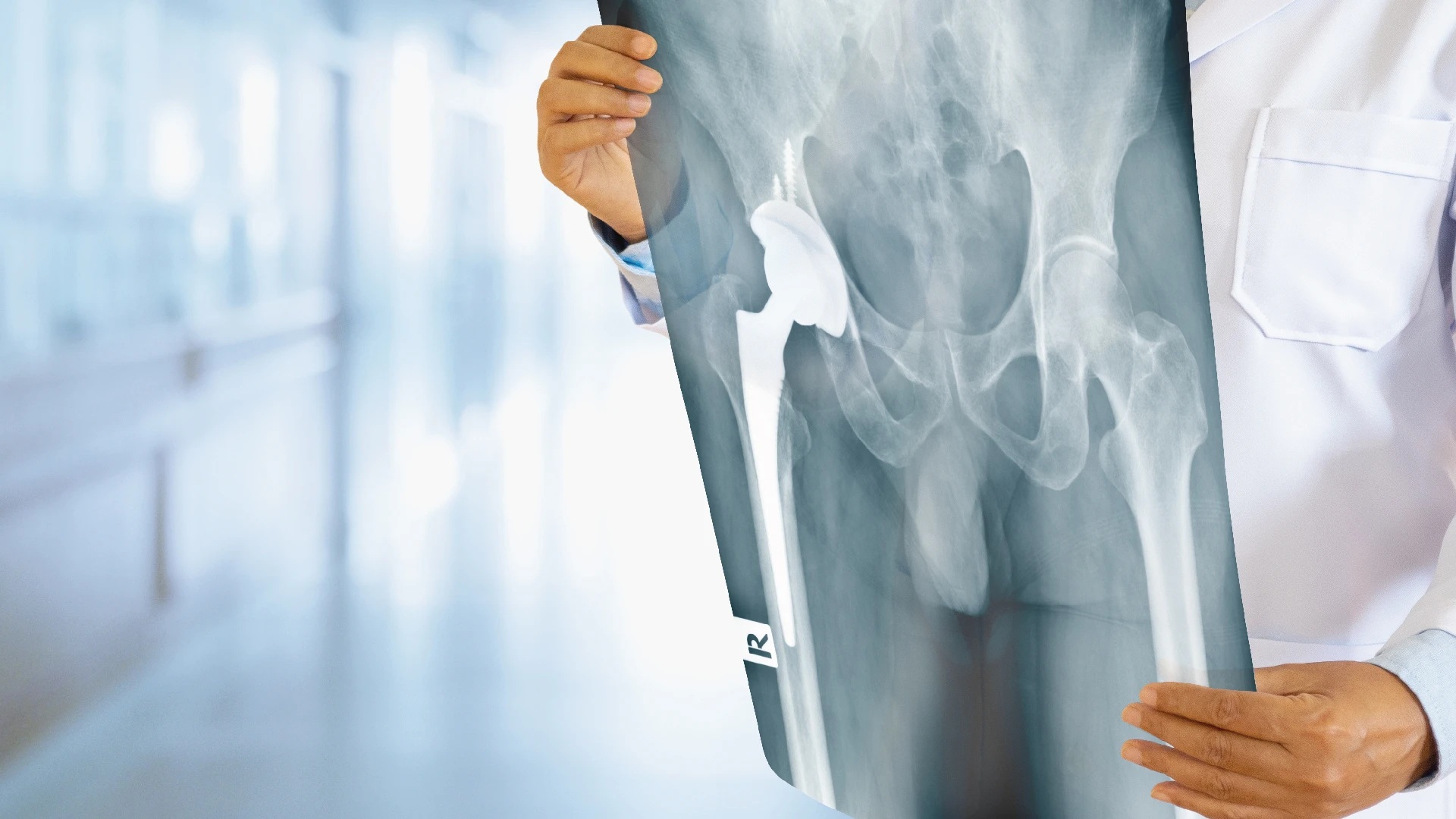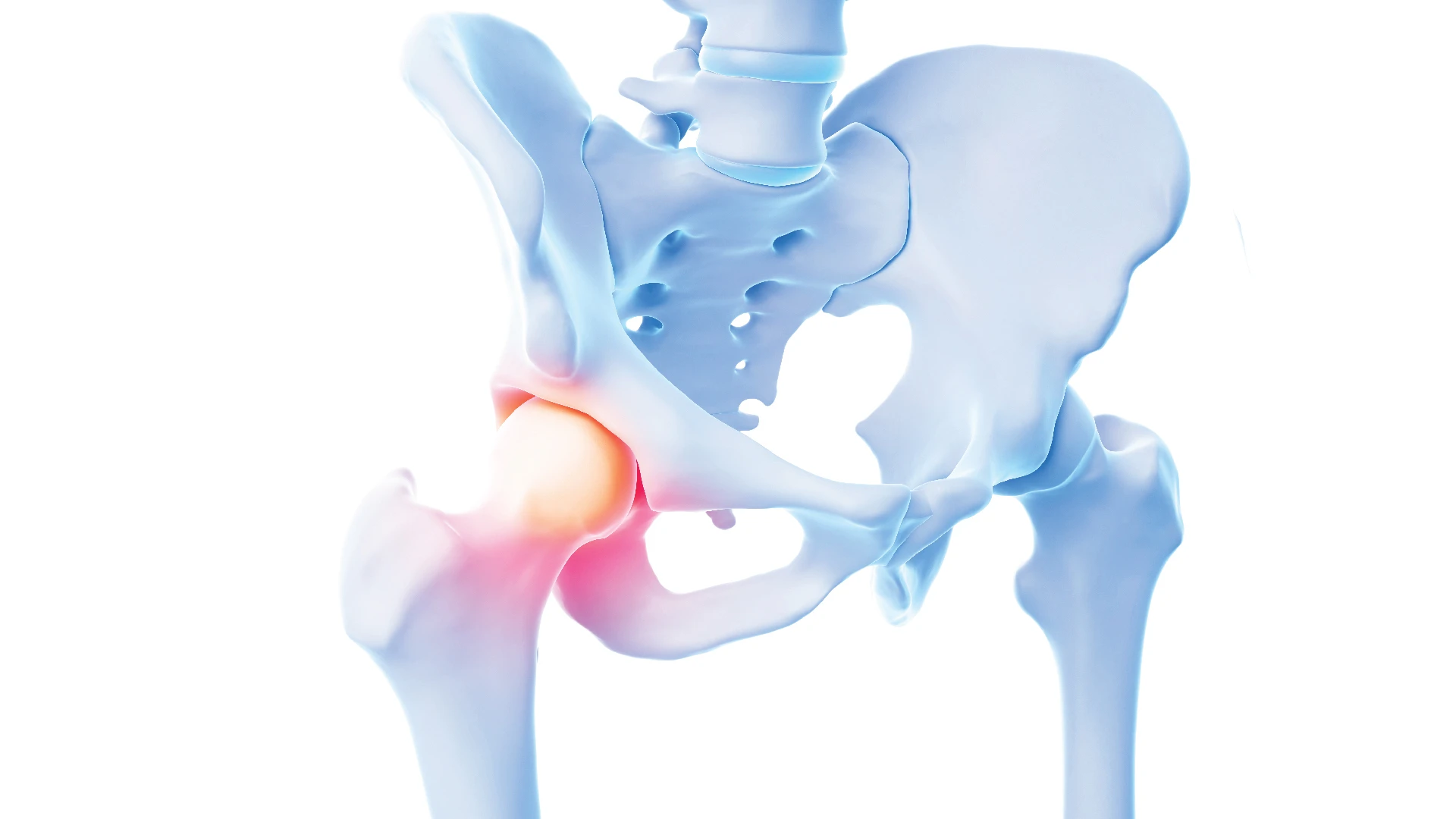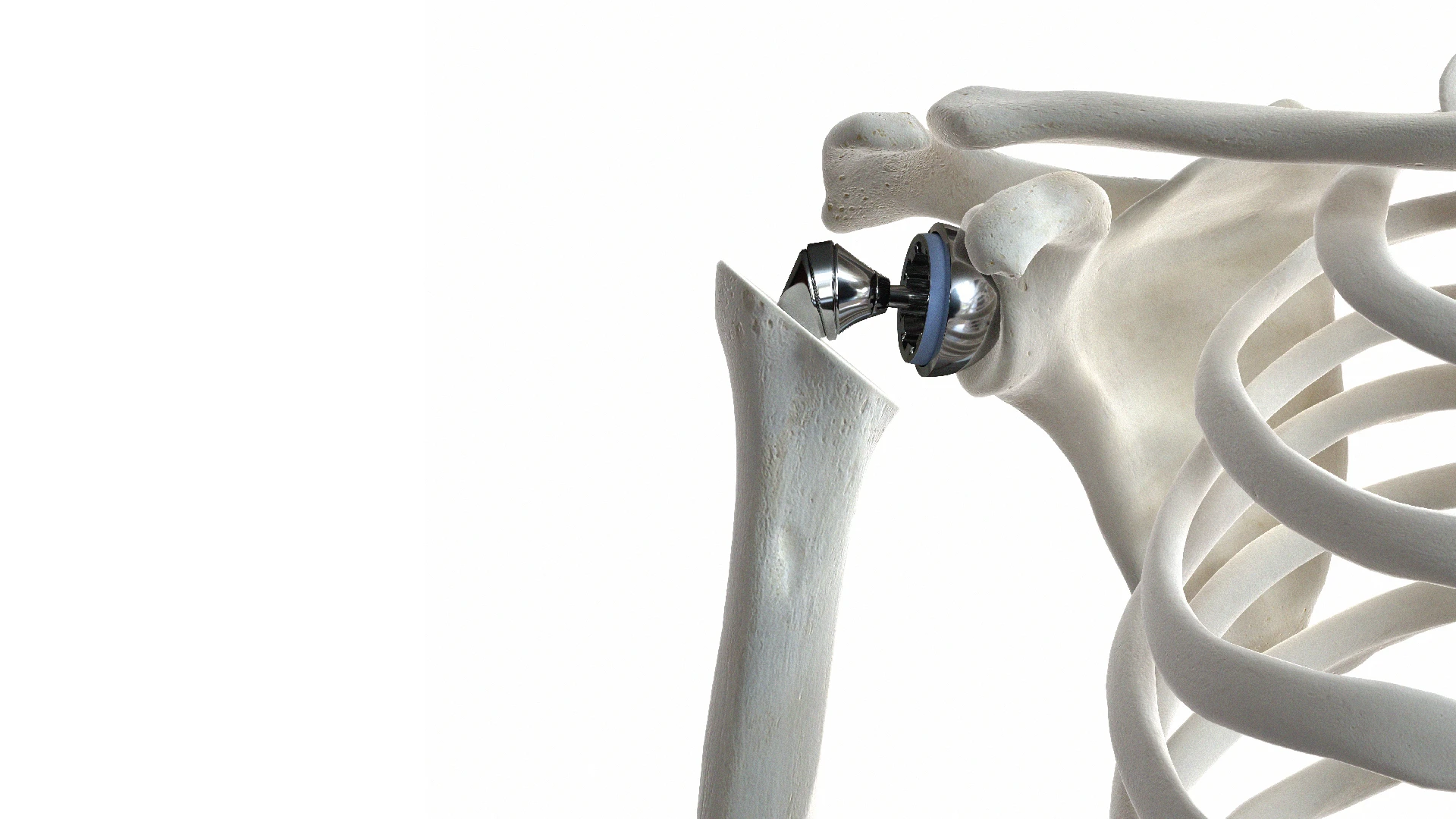เปิด 5 พฤติกรรม เร่ง “ข้อเข่าเสื่อมเร็ว” ในวัยทำงาน


คุณเคยไหมนั่งประชุม 3 ชั่วโมง แล้วลุกขึ้นมาเหมือนเข่าฝืด ขยับไม่ลื่นเหมือนเดิม หรือ แค่เดิน 30 นาที แล้วรู้สึกเข่าล้าเหมือนเดินมาเป็นชั่วโมง? หากใช่... ข้อเข่าของคุณอาจกำลังส่งสัญญาณเตือนว่ามีบางอย่างผิดปกติ
ข้อเข่าเสื่อมในปัจจุบัน ไม่ได้เกิดขึ้นเฉพาะในผู้สูงอายุเท่านั้น แต่กลับพบมากขึ้นในกลุ่มวัยทำงาน ที่เริ่มมีปัญหาการเดินจาก พฤติกรรมเล็กๆ ที่ทำซ้ำทุกวัน

พฤติกรรมไหน? ที่เร่งข้อเข่าเสื่อมในคนทำงาน
นั่งทำงานนานโดยไม่เปลี่ยนอิริยาบถ
ในแต่ละวัน คนวัยทำงานจำนวนมากใช้เวลานานหลายชั่วโมงกับการนั่งหน้าคอมพิวเตอร์ ประชุมออนไลน์ หรือนั่งรถกลับบ้านโดยแทบไม่เปลี่ยนอิริยาบถเลย ข้อเข่าที่ถูกงอค้างไว้อยู่ในท่าเดิมจะเริ่ม “ฝืด” กล้ามเนื้อรอบข้อเข่าเริ่มลีบอ่อนแรง และน้ำหล่อเลี้ยงในข้อเข่าหมุนเวียนได้น้อยลง จนเกิดความรู้สึกตึง เจ็บลึก หรือแม้แต่เสียงกรอบแกรบที่มาพร้อมกับทุกการลุกเดิน
ยืน เดิน หรือขึ้นลงบันไดต่อเนื่องระหว่างวัน
ตรงกันข้ามกับคนที่นั่งทั้งวัน บางคนกลับต้องเคลื่อนไหวต่อเนื่องตลอดทั้งวัน ไม่ว่าจะเดินไปมาในออฟฟิศ ยืนรับโทรศัพท์หน้าห้องประชุม หรือต้องเดินขึ้นลงบันไดหลายรอบเพื่อจัดการงาน ข้อเข่าจึงไม่ได้พักจากแรงกดแม้แต่น้อย โดยเฉพาะเมื่อต้องยืนหรือเดินบนพื้นแข็ง จะยิ่งเพิ่มแรงกระแทกที่ข้อเข่าให้สะสมมากขึ้นทุกวันโดยไม่รู้ตัว
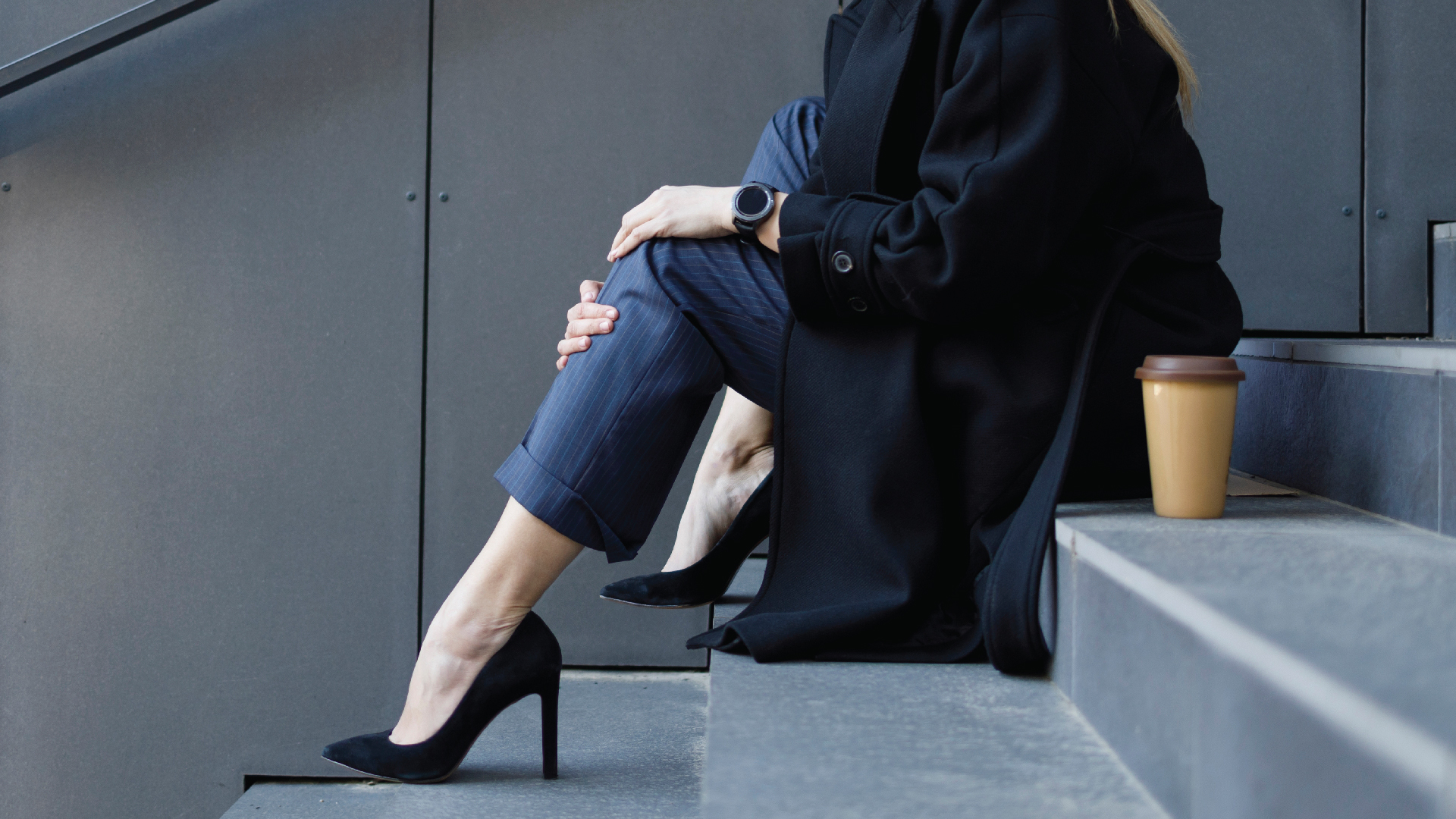
สวมรองเท้าที่ไม่เหมาะสมกับสภาพงาน
เมื่อรวมกับการยืนหรือเดินนานๆ แล้ว หากเลือกใส่รองเท้าที่ไม่เหมาะสม เช่น พื้นแข็ง ส้นสูง หรือไม่มีแผ่นรองรับแรงกระแทก จะยิ่งทำให้ข้อเข่ารับแรงสะท้อนจากพื้นโดยตรงทุกย่างก้าว ไม่ว่าจะเป็นรองเท้าแบบทางการที่ใส่ในออฟฟิศ หรือรองเท้าแฟชั่นบางๆ ที่ดูดีแต่ไม่ซัพพอร์ตฝ่าเท้า การใส่รองเท้าที่ไม่เหมาะอย่างต่อเนื่องจึงเปรียบเหมือนการเร่งให้ข้อเข่าเสื่อมลงทุกวันโดยไม่รู้ตัว
ยกของหนักหรือใช้แรงกายเกินพอดี
หลายคนในวัยทำงานอาจต้องยกของหนัก จัดของ ย้ายกล่อง หรือช่วยงานบ้านโดยไม่ได้วางแผนหรือใช้ท่าทางที่ถูกต้อง การก้มแล้วยกของโดยไม่งอเข่า หรือเร่งยกของขึ้นโดยใช้แรงเฉพาะช่วงหลังและหัวเข่า ล้วนเป็นพฤติกรรมที่ลงน้ำหนักเกินพอดี และส่งผลเสียสะสมต่อข้อเข่าในระยะยาว
ท่านั่งกับพื้น เสี่ยงต่อการบิดข้อซ้ำในจุดเดิม
เมื่อถึงบ้าน หลายคนอาจไม่มีเวลาออกกำลังกาย แต่เลือกใช้เวลาช่วงเย็นเพื่อผ่อนคลาย เช่น การนั่งดูซีรีส์ จัดบ้าน หรือเล่นกับลูก โดยมักใช้ท่าที่คุ้นเคยอย่าง นั่งพับเพียบ ขัดสมาธิ หรือยองๆ ท่าทางเหล่านี้ทำให้ข้อเข่าอยู่ในมุมที่ผิดธรรมชาติ โดยเฉพาะหากนั่งนานหรือนั่งซ้ำๆ ในท่าเดิมโดยไม่เปลี่ยน โครงสร้างผิวข้อเข่าอาจเริ่มเสื่อมลงอย่างช้าๆ จากความเคยชินที่ไม่เคยตั้งใจ
อาการที่ไม่ควรมองข้าม
แม้ข้อเข่าเสื่อมจะไม่แสดงอาการรุนแรงในทันที แต่อาการเล็กๆ ที่เกิดซ้ำ เช่น เข่าฝืดตอนตื่นนอน ปวดเมื่อเดินหรือยืนนาน หรือรู้สึกว่าข้อไม่มีแรงขณะลุกจากเก้าอี้ รวมถึงเสียง “กรอบแกรบ” หรือ “คลิก” ในข้อเข่าขณะเคลื่อนไหว ล้วนเป็นสัญญาณเตือนว่ากระดูกอ่อนอาจเริ่มสึก และเมื่อโรคลุกลาม อาจเกิดอาการเข่าบวม ข้อโก่ง ปวดตลอดเวลา ในบางรายอาจรู้สึกเหมือนข้อ “หลวม” เข่าลั่นบ่อย หรือเดินไม่มั่นคงจนรู้สึกไม่ปลอดภัย
วิธีป้องกันข้อเข่าเสื่อมในวัยทำงาน
ข้อเข่าเสื่อมอาจไม่ใช่เรื่องที่หลีกเลี่ยงได้ 100% แต่สามารถชะลอและป้องกันได้ หากเริ่มจากการปรับพฤติกรรมเล็กๆ ที่ทำได้ทุกวัน เช่น เปลี่ยนอิริยาบถระหว่างวันเป็นประจำ หลีกเลี่ยงการนั่งท่าเดิมติดต่อกันนานเกิน 30–60 นาที ควรลุก ขยับ หรือเดินเปลี่ยนมุมบ้าง หลีกเลี่ยงยกของหนักหรือยกในท่าที่ถูก
เสริมกล้ามเนื้อต้นขาให้แข็งแรง เช่น การฝึกเหยียดขา หรือ เลือกออกกำลังกายที่ไม่กระแทกข้อ เช่น ว่ายน้ำ ปั่นจักรยาน เดินเร็ว และเลือกรองเท้าที่เหมาะสม มีพื้นนุ่ม ยืดหยุ่นดี และรองรับแรงกระแทกได้อย่างมีประสิทธิภาพ
ทางออกที่เหมาะสม เริ่มจากการวินิจฉัยที่ถูกต้อง
แม้จะรู้วิธีป้องกัน แต่หากคุณมีอาการปวดเรื้องรัง การตรวจวินิจฉัยที่แม่นยำก็เป็นสิ่งสำคัญ ที่โรงพยาบาลเอส โรงพยาบาลเฉพาะทางด้านกระดูกสันหลังและข้อ เราใช้เครื่องมือ เช่น X-ray หรือ MRI แพทย์ที่เชี่ยวชาญเฉพาะทาง จะประเมินว่าข้อเข่าเสื่อมมากน้อยแค่ไหน และเกิดจากสาเหตุใด เมื่อเพื่อวางแนวทางการรักษาที่เหมาะกับคนไข้แต่ละคน หากยังเป็นระยะเริ่มต้น อาจใช้การรักษาแบบไม่ผ่าตัด เช่น การกินยา ทำกายภาพบำบัด หรือการฉีดน้ำหล่อเลี้ยงข้อ
แต่หากมีอาการรุนแรงมากขึ้นจนกระทบชีวิตประจำวัน เช่น เดินลำบาก หรือข้อเริ่มโก่ง แพทย์อาจแนะนำการรักษาด้วยเทคนิค MIS เช่น การผ่าตัดซ่อมแซมข้อเข่า หรือ เปลี่ยนข้อเข่าเทียม ที่จะช่วยให้คุณกลับมาเคลื่อนไหวได้คล่องตัว และมั่นใจในทุกย่างก้าวของชีวิต
Read More
Related Services

No. 2102/9 Ladprao Road, Wang Thonglang Subdistrict, Wang Thonglang District, Bangkok 10310
Call : 02-034-0808Our Services
Quick Menu
Copyright © 2025 S Spine and Joint Hospital. All right reserved


